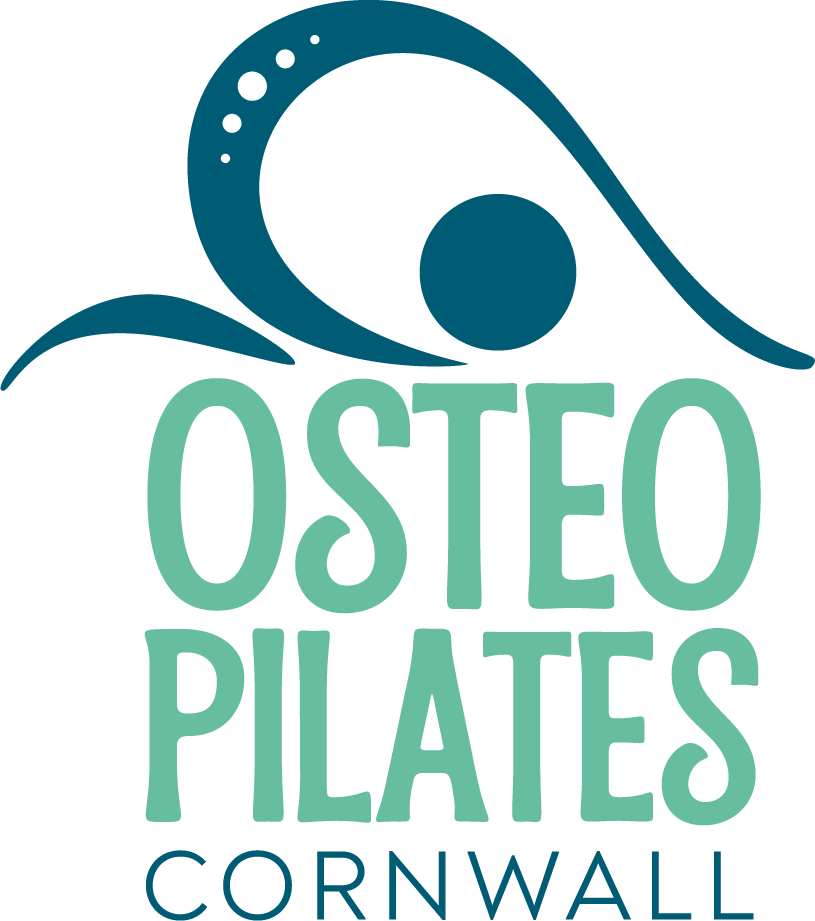what is mind-body connection and why does it matter in exercise, pilates & osteopathy?
If you’ve attended one of my Clinical Pilates, Exercise Rehabilitation, or Osteopathy sessions, you’ve probably heard me talk about the mind–body connection. But what does it actually mean – and why is it so important for movement, injury recovery, and overall wellbeing?
Understanding the Mind–Body Connection
The mind–body connection refers to the way your thoughts, focus, and emotions influence your physical movements – and vice versa. It’s not just a wellness phrase; it’s grounded within neuroscience.
When you think about moving a muscle, your brain sends electrical signals through the nervous system, telling that muscle to contract. The more you focus on the movement, the more effectively the brain recruits the right muscles (Meier et al., 2020).
This conscious awareness can improve movement precision, coordination, and control – all essential whether you’re recovering from injury, building strength, or enhancing performance.
How It Works in Pilates and Rehabilitation
In Clinical Pilates and rehab exercises, we use deliberate, controlled movements and often slow the pace so you can focus on what your body is doing. This focus helps to:
Activate deep stabilising muscles
Get into the intended posture and alignment
Retrain movement patterns after injury
By paying attention to how a movement feels – rather than just going through the motions – you create stronger neuromuscular pathways. This makes the movement more efficient and can help reduce the risk of re-injury (Gandevia, 2001).
Benefits Beyond Movement
The mind–body connection also has broader health benefits. Mindful movement can reduce stress, improve mood, and increase body awareness (Han et al., 2015). When you’re tuned in to your body, you’re more likely to notice early signs of tension, imbalance, or fatigue – giving you the opportunity to address them before they develop into bigger problems.
How to Strengthen Your Mind–Body Connection
Next time you’re in a Pilates class or movement session, try this:
Focus on which muscles/areas are working
Notice your breathing pattern
Sense your posture and alignment
Visualise the movement as you perform it
Small shifts in attention can make a big difference to how your body moves and feels. In other words, your mind isn’t just along for the ride – it’s driving the process.
References
Gandevia SC. (2001). Spinal and supraspinal factors in human muscle fatigue. Physiological Reviews, 81(4), 1725–1789.
Han J, et al. (2015). Proprioception and balance training can improve proprioception and balance in young adults. Journal of Strength and Conditioning Research, 29(8), 2265–2270.
Meier JD, et al. (2020). Motor cortex involvement in motor learning and execution. Journal of Neurophysiology, 123(5), 1715–1726.
